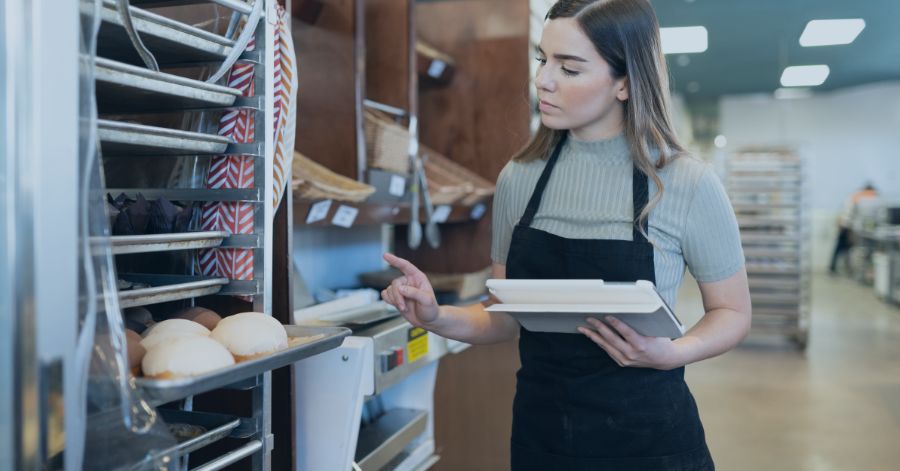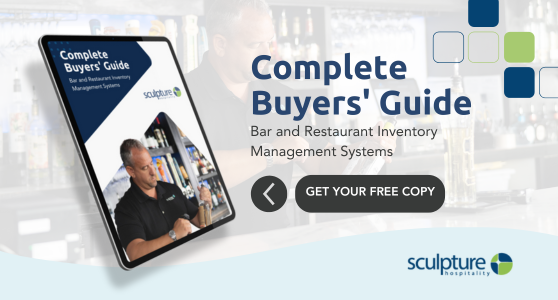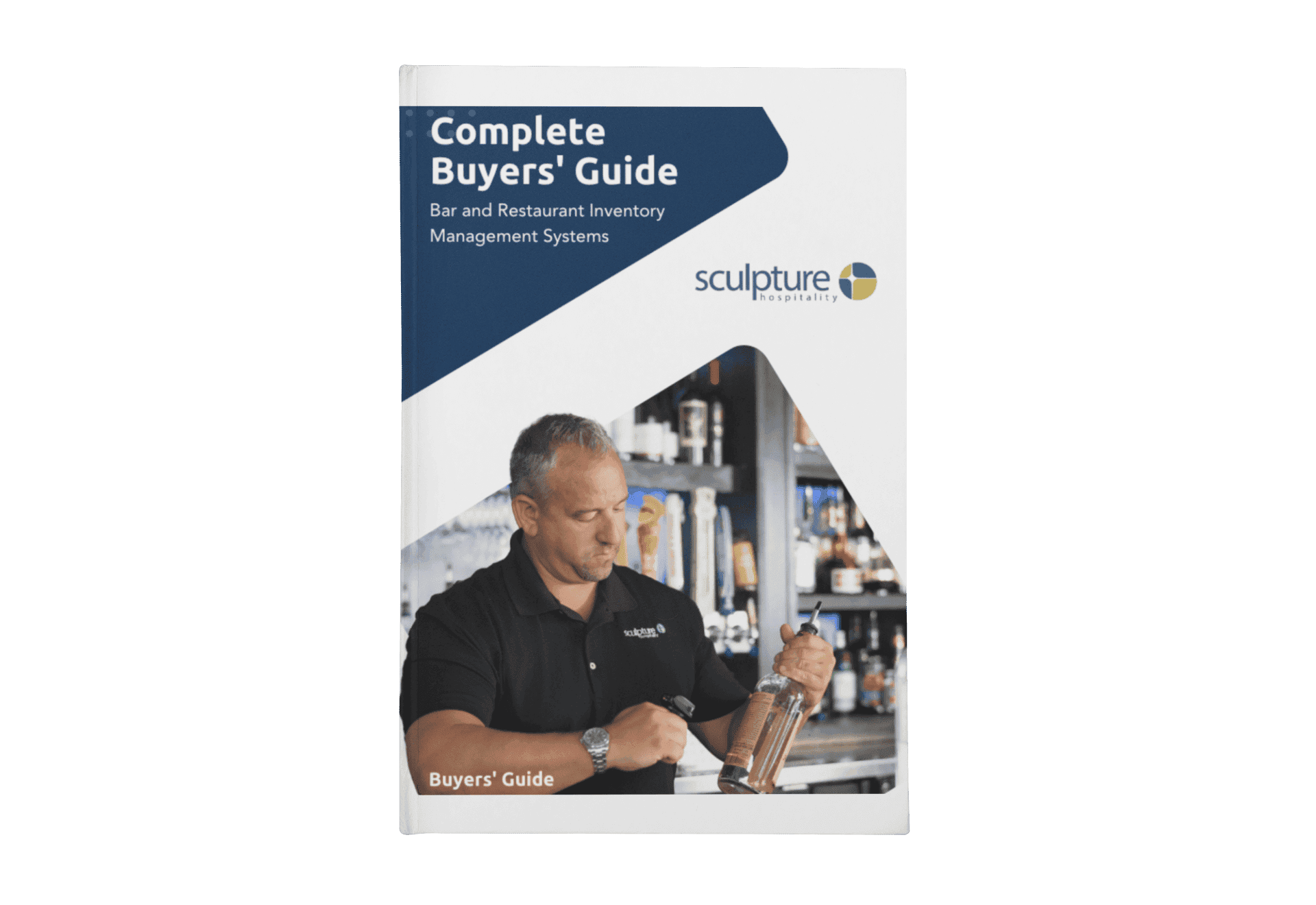As an entrepreneur in the hospitality industry, you've mastered the art of juggling numerous moving parts to ensure a seamless experience for your patrons. But amidst the whirlwind of activity, there's one critical factor that can make or break your establishment's success - safety stock.
Safety stock is the extra inventory you keep on hand to safeguard against unexpected fluctuations in demand or supply chain disruptions. It acts as a buffer, ensuring you don't run out of essential ingredients or beverages during peak hours or unforeseen circumstances.
The safety stock dilemma lies in striking the right balance between maintaining enough safety stock to ensure operational smoothness, while avoiding excessive inventory that ties up capital, space and other resources.
The Peaks and Valleys of Demand
Every seasoned hospitality professional knows that demand can be as unpredictable as the weather.
On one night, your cozy corner booth may be filled with laughter and merry patrons, and on another, a sudden lull might leave you wondering where everyone went. It's this unpredictable ebb and flow of customers that makes safety stock so important, and unbelievably frustrating at the same time.
Just imagine … a customer walks into your restaurant, excited to order their favorite signature dish, only to be told it's unavailable due to a shortage of a key ingredient. This disappointing scenario could tarnish the customer experience and potentially lead to negative reviews, affecting your establishment's reputation.
If it happens often enough, it can greatly affect your bottom line.
The Supply Chain Tango
Safety stock isn't only about the demand side of the equation. Supply chain hiccups can also throw a wrench into your operational plans.
Ingredients, especially the unique and specialized ones that give your dishes their distinctive flavours, can become scarce due to unforeseen events such as weather disruptions, transportation delays, or even global crises.
Maintaining a reasonable safety stock can act as a safety net, giving you the time needed to secure alternative sources or adjust your menu offerings without compromising quality. It's a delicate dance to ensure you have enough backup ingredients without creating unnecessary financial strain.
Finding Balance
Striking the right balance between maintaining safety stock and avoiding excess inventory can be akin to walking a tightrope. Overstocking can tie up capital, occupy valuable storage space, and lead to wastage if items expire before being used.
On the other hand, underestimating your safety stock needs can lead to missed revenue opportunities, customer dissatisfaction, and potential reputational damage.
So, let’s dive in to find out how you can go about optimizing your restaurant’s safety stock.
- Historical Data and Demand Patterns
The foundation of effective safety stock management lies in analyzing historical data. That means you need to review your sales records and identify recurring patterns, such as a particular day of the week or season when certain dishes or drinks experience a surge in demand.
By understanding these trends, you can adjust your safety stock levels accordingly, ensuring you're prepared for peak periods. An inventory management system will make this data-driven strategy far easier for your business.
- Leverage Forecasting Tools
In the age of technology, forecasting tools can be your inventory management allies. These tools take into account not only your historical data but also external factors such as holidays and local events that can impact customer traffic.
By combining these variables, forecasting tools provide a clearer picture of what to expect, helping you adjust your safety stock levels accordingly.
- Collaborate With Suppliers
Your suppliers are more than just sources of ingredients; they can be valuable partners in managing your safety stock dilemma. Maintaining open lines of communication with your suppliers allows you to stay informed about any potential disruptions in their production or delivery schedules. This insight can help you adjust your safety stock levels in response to their challenges.
Consider establishing a strong relationship with your primary suppliers and exploring backup suppliers for critical ingredients. Having alternate sources ensures you're not overly reliant on a single supplier, reducing vulnerability to supply chain disruptions.
- Continuous Monitoring and Adjustments
Inventory management is not a one-and-done task. It's an ongoing process that requires regular monitoring and adjustments. Keep a watchful eye on changes in customer preferences, industry trends, and economic conditions that might impact your safety stock needs.
You also need to regularly review your safety stock levels and fine-tune them based on new data and insights to ensure that your business stays agile and responsive. This practice prevents unnecessary stockouts and allows you to allocate resources more effectively.
Interested in learning more about safety stock and how improved inventory management processes can help your restaurant or bar improve profitability? Request a Sculpture Hospitality consultation today.








